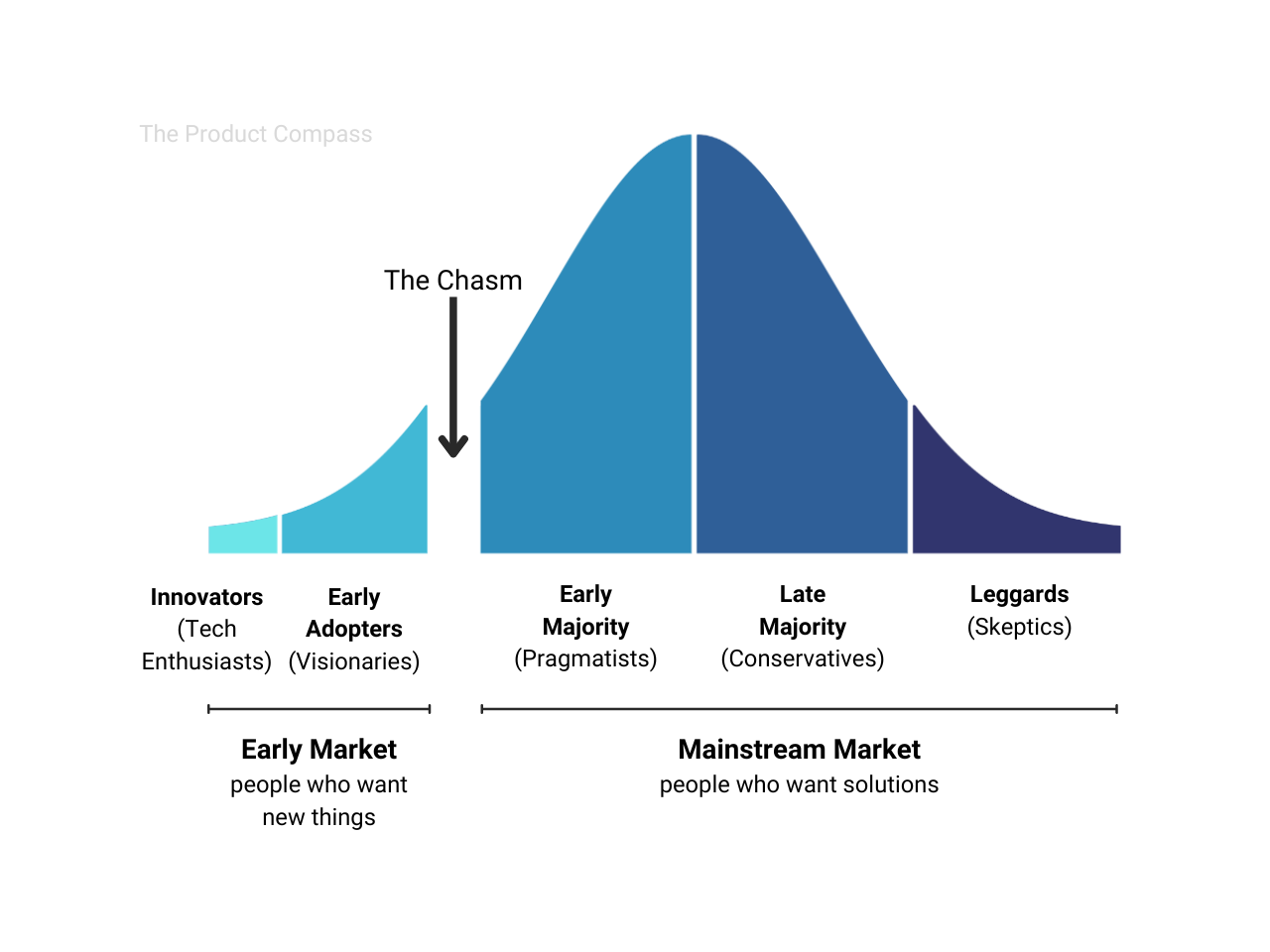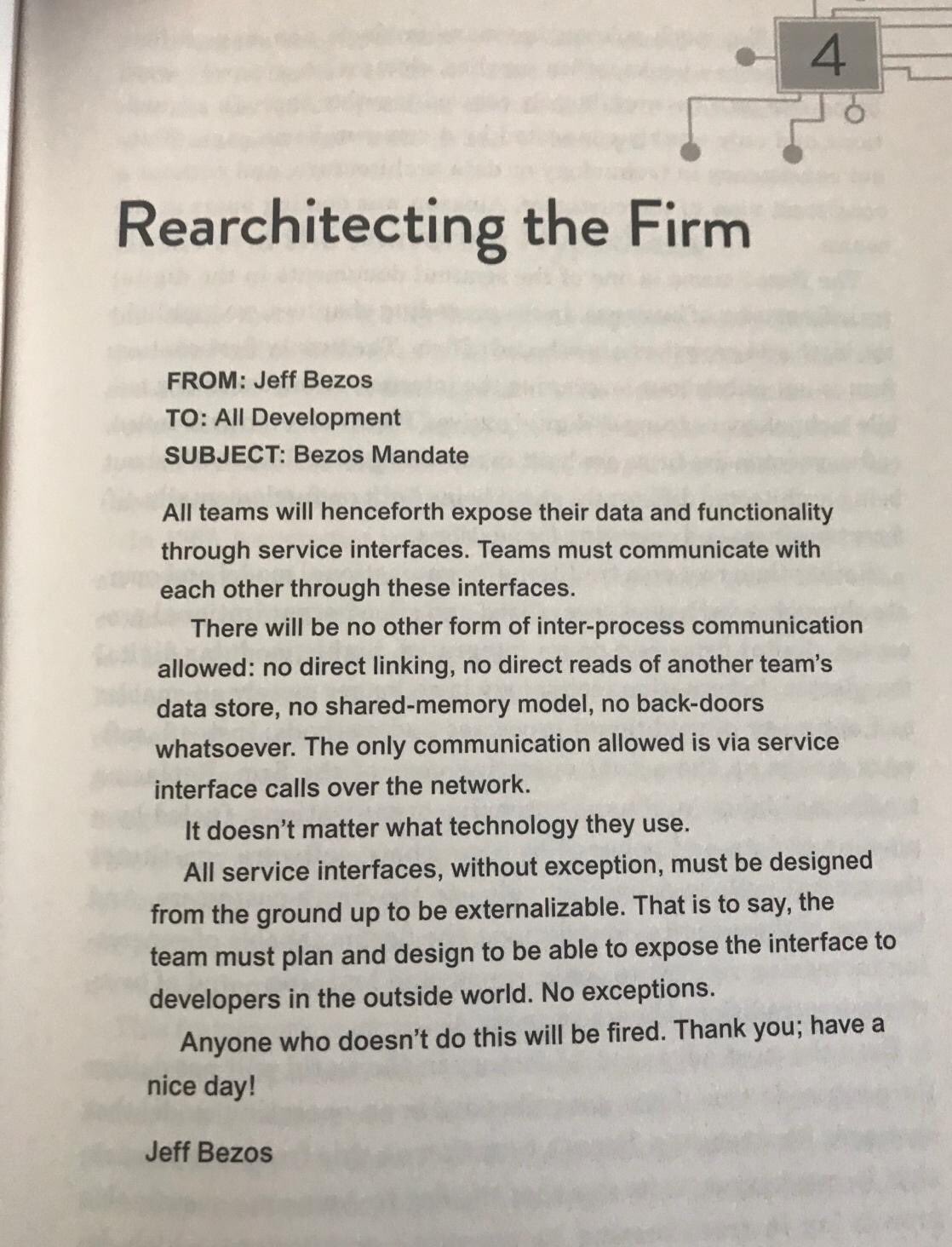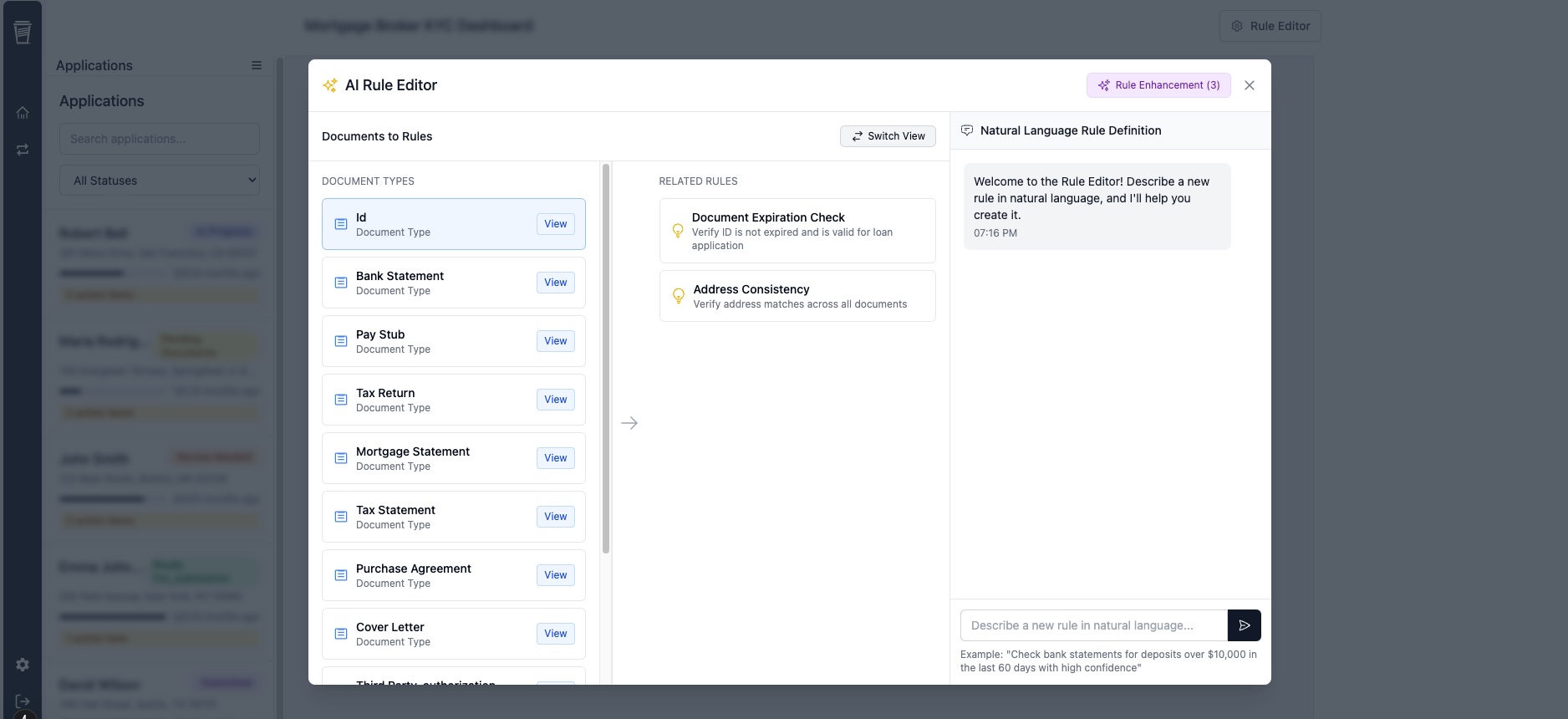CoffeeBlack AI - A Pivot
Recap
Eight months ago, I didn't set out to create a Computer Use Agent (CUA) platform. Initially, my goal was much simpler: automate the tedious and critical task of competitive intelligence research. Keeping tabs on competitors is challenging, often neglected, and leaves organizations reacting rather than proactively driving sales conversations.
What I discovered along the way, something familiar to anyone who's built web scrapers or AI agents, is that reliability is today's toughest challenge. This issue has driven the current trend toward verticalization within the agent space.
Over the past six months, I've dedicated myself to building what I believe is one of the best Computer Use Agent APIs available today. It started from a simple realization: traditional methods, like parsing the DOM using CSS selectors, won't reliably scale. Parsing the DOM strips away the visual cues and context inherent in applications designed for humans.
I consider our efforts successful as we now have multiple users leveraging our API for various production workloads. Interestingly, a recurring request from almost everyone has been CAPTCHA solving.
Reflection

I think about this chart daily because it captures a critical sales and distribution challenge, especially in the context of the United States. Many perceive the US market as uniform, but it's actually highly regional. Technology diffusion rates differ drastically between regions, such as San Francisco, New York, and Atlanta. Understanding these differences in regional adoption helps tailor effective messaging to early adopters.
I highly recommend the writings of Wu Tingfang. His holistic perspective as a Chinese diplomat traveling through America became foundational to Chinese diplomacy. Such outsider perspectives are rare and invaluable, and I would love any recommendations that are similar.
A surprising yet insightful fact I often share: companies like Home Depot and Chick-fil-A are among the most innovative organizations in the Southeast US and represent a bellwether for adoption.
Why does this matter for Computer Use Agents? Because CUAs currently sit firmly in the innovator stage. Many employees at pioneering tech companies, like Uber, are unfamiliar with terms like Cursor or even CUA. Ironically, seven years ago, Uber was itself at the cutting edge, pioneering geospatial and big data solutions. A reminder that who are innovators and early adopters constantly shifts.
CUAs, however, represent one of the least reliable methods for executing tasks, mission-critical tasks shouldn't hinge solely on whether an agent clicks the correct on-screen button. APIs offer contracts between service providers and consumers, a concept famously institutionalized by Jeff Bezos at Amazon back in 2002. I remember reading this memo during my first internship in 2013 and it felt ground breaking at the time.

Yet, despite their inherent limitations, CUAs and BUAs represent an essential bridge technology for the next 5-7 years. AI serves as a forcing function; as one company adopts AI, competitors must quickly follow. But legacy technology which is the "duct tape" holding industries together can't simply vanish overnight. Executives managing risk won't dismantle mission-critical systems just to adopt the latest tech overnight.
This positions CUAs strategically to solve the "last mile" of automation, enabling companies to rapidly transform outdated, boutique ERP software into accessible APIs. CUAs buy time for modernization, allowing companies to benefit immediately from AI.
Moreover, CUAs make exceptionally compelling demonstrations. They visually represent intelligence, capturing imagination and excitement far more effectively than an API ever could.
However, CUAs have an expiration date. Code generation and API development will soon accelerate modernization across all verticals. This will enable organizations to replace entire workflows with AI driven workflows for very little cost. If CUAs still represent more than 1% of the market by 2035, something has gone fundamentally wrong.Bringing it Home
This brings an interesting perspective to my journey, I've dedicated myself fully to CUAs over the past six months, yet everything I'm building will likely be obsolete within seven years. However, the understanding I've gained about subtle workflow differences within industries, and how to ask the right questions to truly grasp business processes, has been invaluable. Ironically, my background in technical pre-sales perfectly equipped me for this task and that was a complete accident. If my internship manager hadn't left two weeks before I started, I had planned on being just another SWE II after graduating college.
With this experience and understanding, I'm excited to announce two paid products launching under CoffeeBlack AI, forming the core of our Argus Platform:
1. CAPTCHA
Starting immediately, are offering seamless CAPTCHA detection and solving via a straightforward SDK call. This feature directly addresses high demand among our current customers, significantly enhancing CUA capabilities for enterprise applications. This will cost $600/month and will leverage a mixture of VLMs and Human-in-the-Loop approaches to ensure that we can adapt to any CAPTCHA long term while the market sorts out an ethical way to allow agents to access applications on behalf of authentic user demand.
2. Control
I firmly believe UI/UX plays a more significant role in AI success than any individual model or data integration. Like Oracle and SAP, which provide foundational technology within complex organizations, Control is designed to build on top of integrations whether its APIs, Browser Use Agents or Computer Use agents. Control offers visibility into the collaboration between AI agents and humans, accelerating task completion and improving efficiency through automation.
We have an early proof-of-concept in flight right now, but are targeting the manufacturing procurement sector which is ideal due to its high-volume, rule-based documentation processes. Control streamlines procurement workflows from days to hours, ensuring contracts are efficiently managed rather than overlooked or delayed.
